PENGUIN  CLASSICS
CLASSICS
THE PORTABLE FREDERICK DOUGLASS
FREDERICK DOUGLAS S was born Frederick Augustus Washington Bailey in February 1818 in Tuckahoe, on the Eastern Shore of Maryland. He was the son of Harriet Bailey, a slave owned by Captain Aaron Anthony. Douglass changed his surname to conceal his identity after escaping slavery in 1838. He spent the first seven years of his life working on the plantation owned by Colonel Edward Lloyd. In 1825 he was sold to Hugh Auld and came to live in Baltimore. Life in the city was a turning point in Douglasss life: it was there that he learned to read, which, he later wrote, was his pathway from slavery to freedom. In 1833, he returned to the Eastern Shore as the slave of Hughs brother Thomas Auld, who hired him out to work as a field hand. He made his first unsuccessful attempt to escape two years later. In 1838, he successfully escaped to Philadelphia and then to New York by posing as a free sailor. Within two weeks of his arrival in New York, on September 15, 1838, he married Anna Murray, a freedwoman he met in Baltimore who paid for part of his passage north. Immediately after their marriage, the couple moved to New Bedford, Massachusetts.
By 1839 Douglass was an active member of a black abolitionist group in New Bedford, inspired by William Lloyd Garrisons newspaper The Liberator. In 1841 he was hired as a full-time lecturer for the American Anti-Slavery Society and toured throughout the North giving speeches on abolition. While living in Massachusetts, he and his wife had four children: Rosetta, Lewis Henry, Frederick Jr., and Charles Remond.
In 1844, Douglass began to write his autobiography, and in the spring of 1845 Narrative of the Life of Frederick Douglass,an American Slave was published, becoming a bestseller. Douglass later published additional autobiographies, My Bondage and My Freedom (1855), also a bestseller, and Life and Timesof Frederick Douglass (1881, 1892). The revelation of the details of his life story placed Douglass in danger of being returned to slavery, and so on August 16, 1845, he sailed from Boston to Liverpool and spent nearly two years in Ireland, Scotland, and England. He was legally emancipated on December 12, 1846, after Ellen and Anna Richardson of Newcastle, England, purchased his freedom for $711.66.
Douglass returned to the United States in 1847, moved to Rochester, New York, and began his long career in journalism. From 1847 to 1863 he owned, edited, and published The North Star, Frederick Douglass Paper, and Douglass Monthly, and then ran the New National Era from 1870 to 1874. In later years Douglass held several high-profile government appointments, including U.S. marshal and recorder of deeds for the District of Columbia and consul-general to Haiti. He died in Washington, D.C., on February 20, 1895, and after lying in state in the nations capital, he was buried in the Mount Hope Cemetery in Rochester, New York.
JOHN STAUFFER is a professor of English and African and African American Studies at Harvard University and former chair of the schools American Studies program. His books include State of Jones (cowritten with Sally Jenkins and nominated for the Pulitzer Prize in History); The Black Hearts of Men: Radical Abolitionists and the Transformation of Race, cowinner of the Frederick Douglass Book Prize; Giants: The Parallel Lives of Frederick Douglass and Abraham Lincoln; and Picturing Frederick Douglass: An Illustrated Biography of the Nineteenth Centurys Most Photographed American (cowritten with Zoe Trodd and Celeste-Marie Bernier).
HENRY LOUIS GATES, JR., is the Alphonse Fletcher University Professor and founding director of the Hutchins Center for African and African American Research at Harvard University. He is editor in chief of the Oxford African American Studies Center and TheRoot.com, and creator of the highly praised PBS documentary The African Americans: Many Rivers to Cross. He is general editor for a Penguin Classics series of African American works.
PENGUIN BOOKS
An imprint of Penguin Random House LLC
375 Hudson Street
New York, New York 10014
penguin.com
Introduction and notes copyright 2016 by John Stauffer and Henry Louis Gates, Jr.
General introduction copyright 2008 by Henry Louis Gates, Jr.
Selection copyright 2016 by Penguin Random House LLC
Penguin supports copyright. Copyright fuels creativity, encourages diverse voices, promotes free speech, and creates a vibrant culture. Thank you for buying an authorized edition of this book and for complying with copyright laws by not reproducing, scanning, or distributing any part of it in any form without permission. You are supporting writers and allowing Penguin to continue to publish books for every reader.
LIBRARY OF CONGRESS CATALOGING-IN-PUBLICATION DATA
Names: Douglass, Frederick, 18181895, author. | Stauffer, John, 1965 author.
Title: The portable Frederick Douglass / Frederick Douglass ; edited by John
Stauffer ; introduction by Henry Louis Gates.
Description: New York : Penguin Classics, [2016] | Includes bibliographical references.
Identifiers: LCCN 2016006199 (print) | LCCN 2016006241 (ebook) | ISBN
9780143106814 (paperback) | ISBN 9781101992265 (ebook)
Subjects: LCSH: Douglass, Frederick, 18181895. | African American
abolitionistsBiography. | SlavesUnited StatesBiography. |
Antislavery movementsUnited StatesHistory19th century. | African
AmericansHistorySources. | African American orators. | Speeches,
addresses, etc., AmericanAfrican American authors. | BISAC: HISTORY /
United States / Civil War Period (18501877). | SOCIAL SCIENCE / Ethnic
Studies / African American Studies. | BIOGRAPHY & AUTOBIOGRAPHY / Cultural Heritage.
Classification: LCC E449.D75 A25 2016b (print) | LCC E449.D75 (ebook) | DDC
973.8092dc23
Cover photograph: Unknown Maker, American. Profile Portrait of Frederick Douglass (detail), c. 1858. The Nelson-Atkins Museum of Art, Kansas City, Missouri. Gift of Hallmark Cards, Inc., 2005.27.42. Nelson Gallery Foundation. Photo: Thomas Palmer.
Version_1
Contents
THE PORTABLE FREDERICK DOUGLASS
What Is an African American Classic?
I have long nurtured a deep and abiding affection for the Penguin Classics, at least since I was an undergraduate at Yale. I used to imagine that my attraction for these booksgrouped together, as a set, in some independent bookstores when I was a student, and perhaps even in some todaystemmed from the fact that my first-grade classmates, for some reason that I cant recall, were required to dress as penguins in our annual all-school pageant, and perform a collective side-to-side motion that our misguided teacher thought she could choreograph into something meant to pass for a dance. Piedmont, West Virginia, in 1956, was a very long way from Penguin Nation, wherever that was supposed to be! But penguins we were determined to be, and we did our level best to avoid wounding each other with our orange-colored cardboard beaks while stomping out of rhythm in our matching orange, veined webbed feet. The whole scene was madness, one never to be repeated at the Davis Free School. But I never stopped loving penguins. And I have never stopped loving the very audacity of the idea of the Penguin Classics, an affordable, accessible library of the most important and compelling texts in the history of civilization, their black-and-white spines and covers and uniform type giving each text a comfortable, familiar feel, as if we have encountered it, or its cousins, before. I think of the Penguin Classics as the very best and most compelling in human thought, an Alexandrian library in paperback, enclosed in black and white.

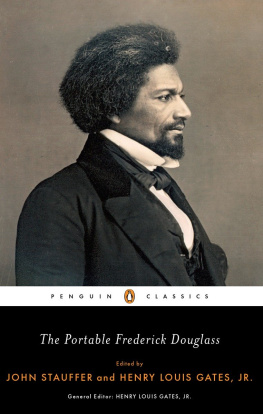

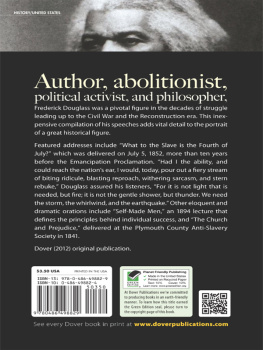
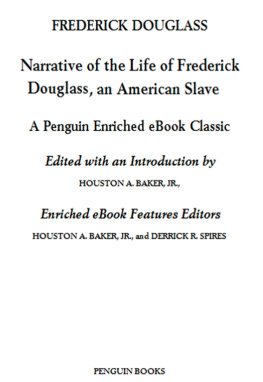
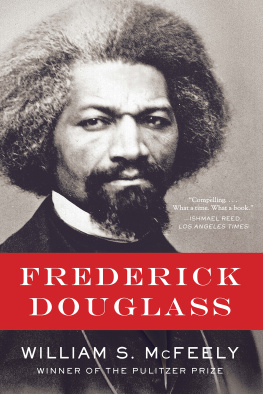
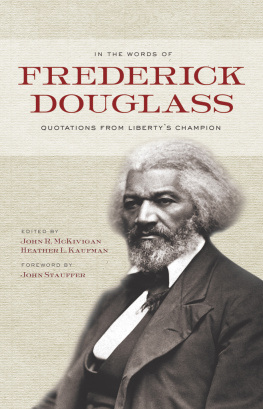


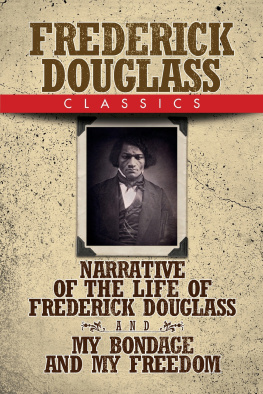
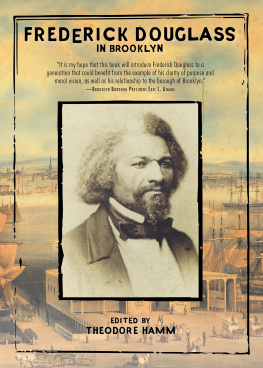
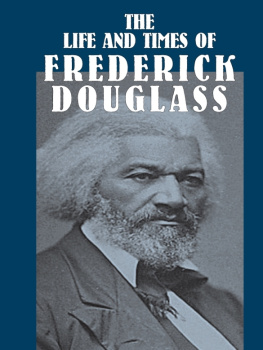



 CLASSICS
CLASSICS